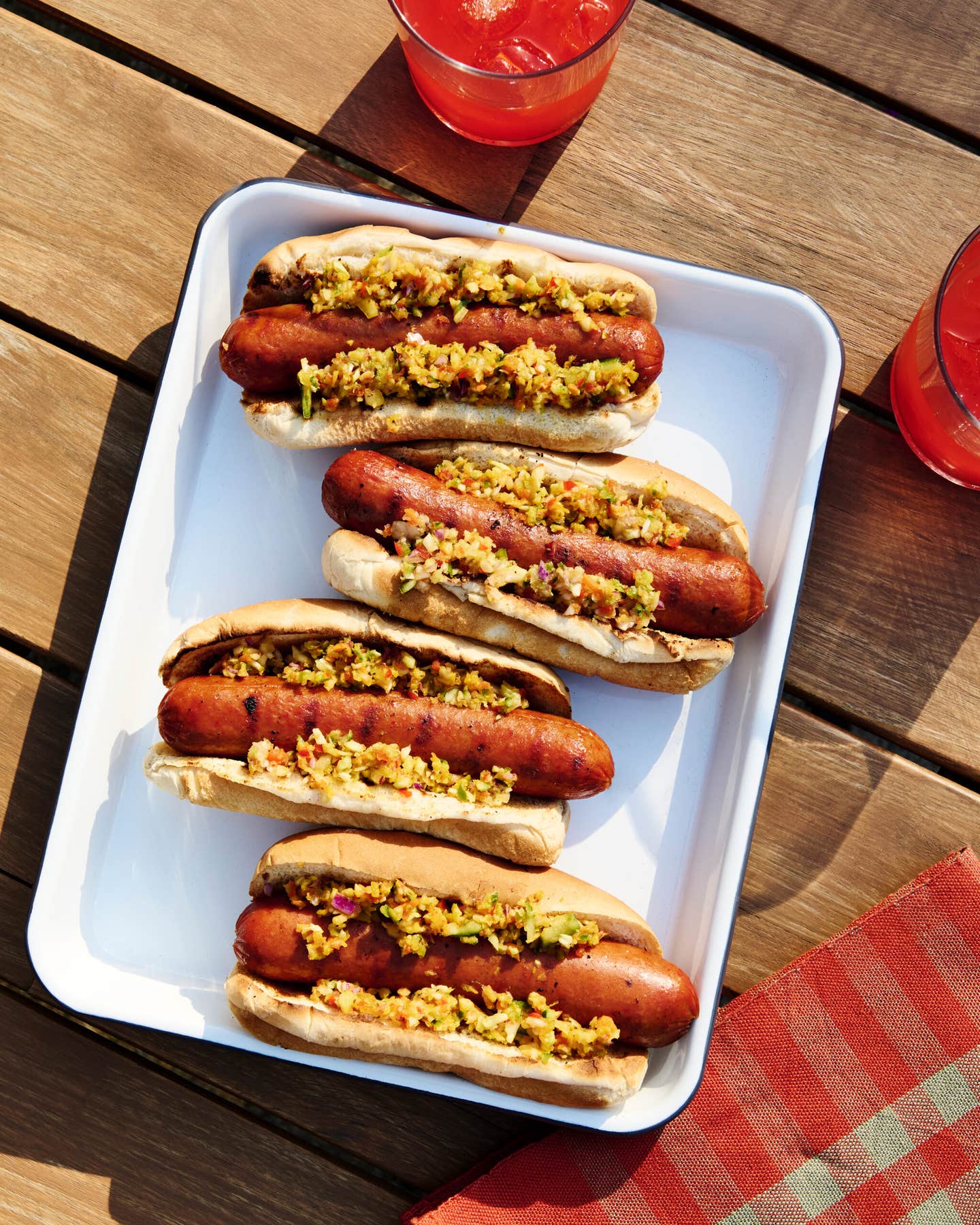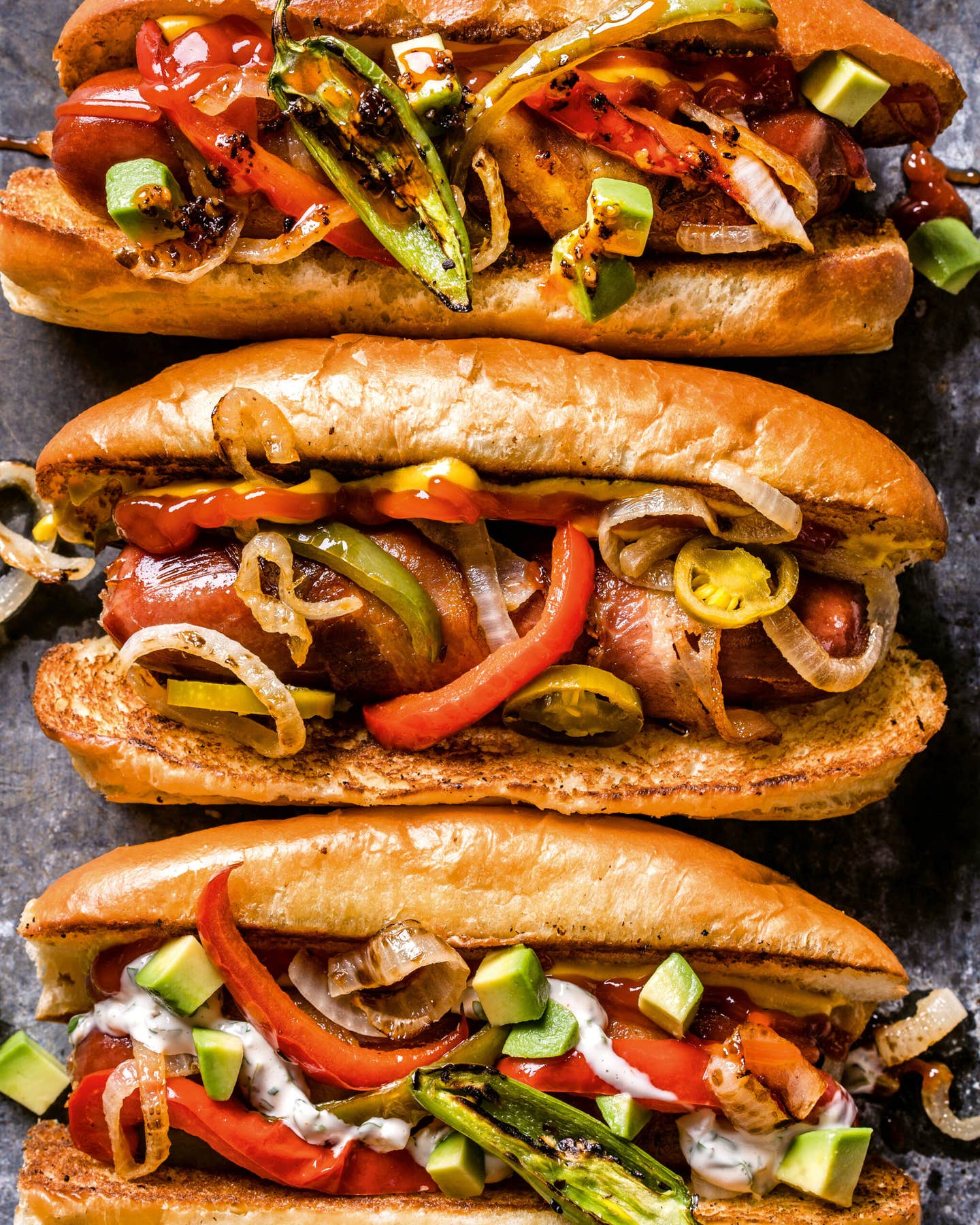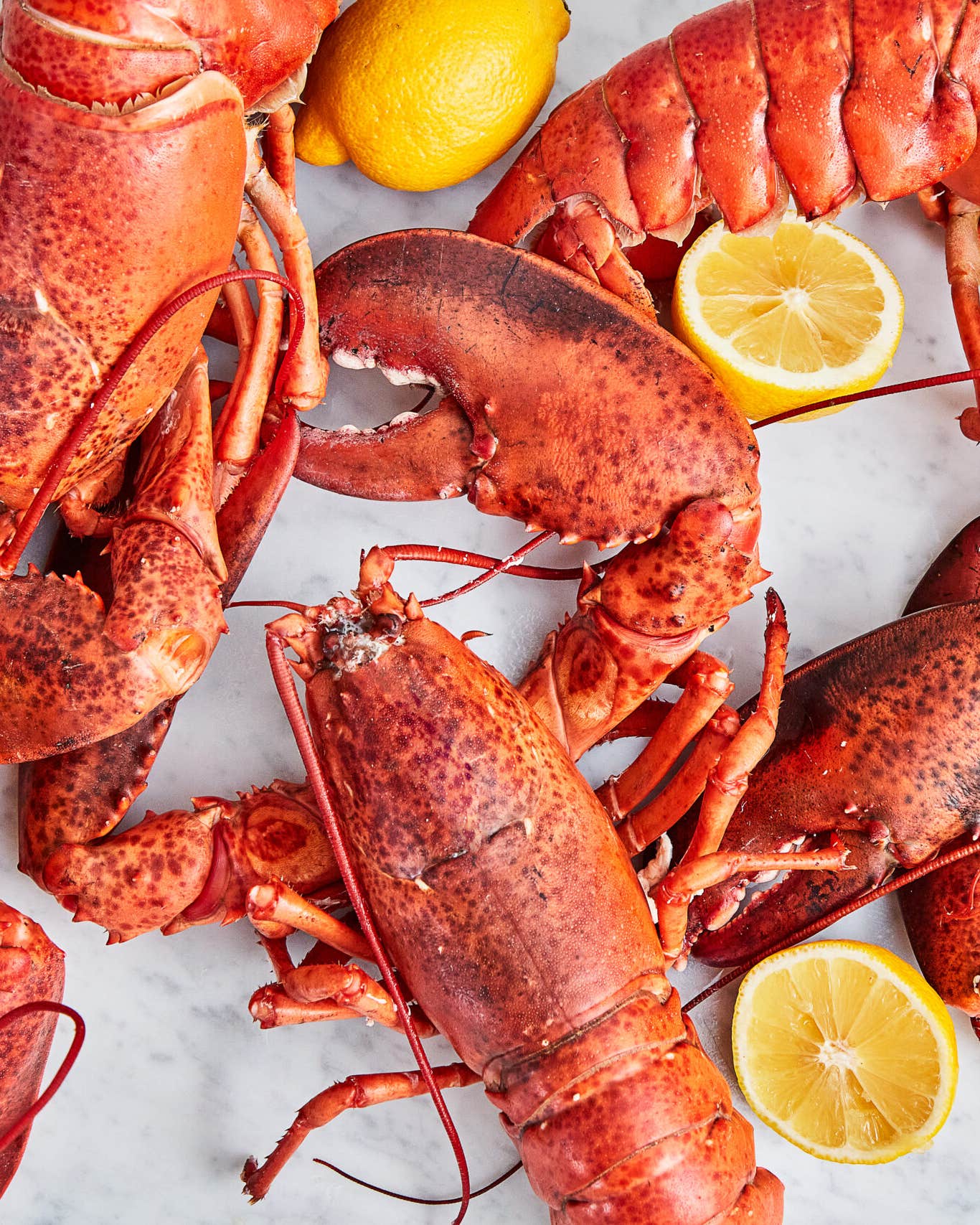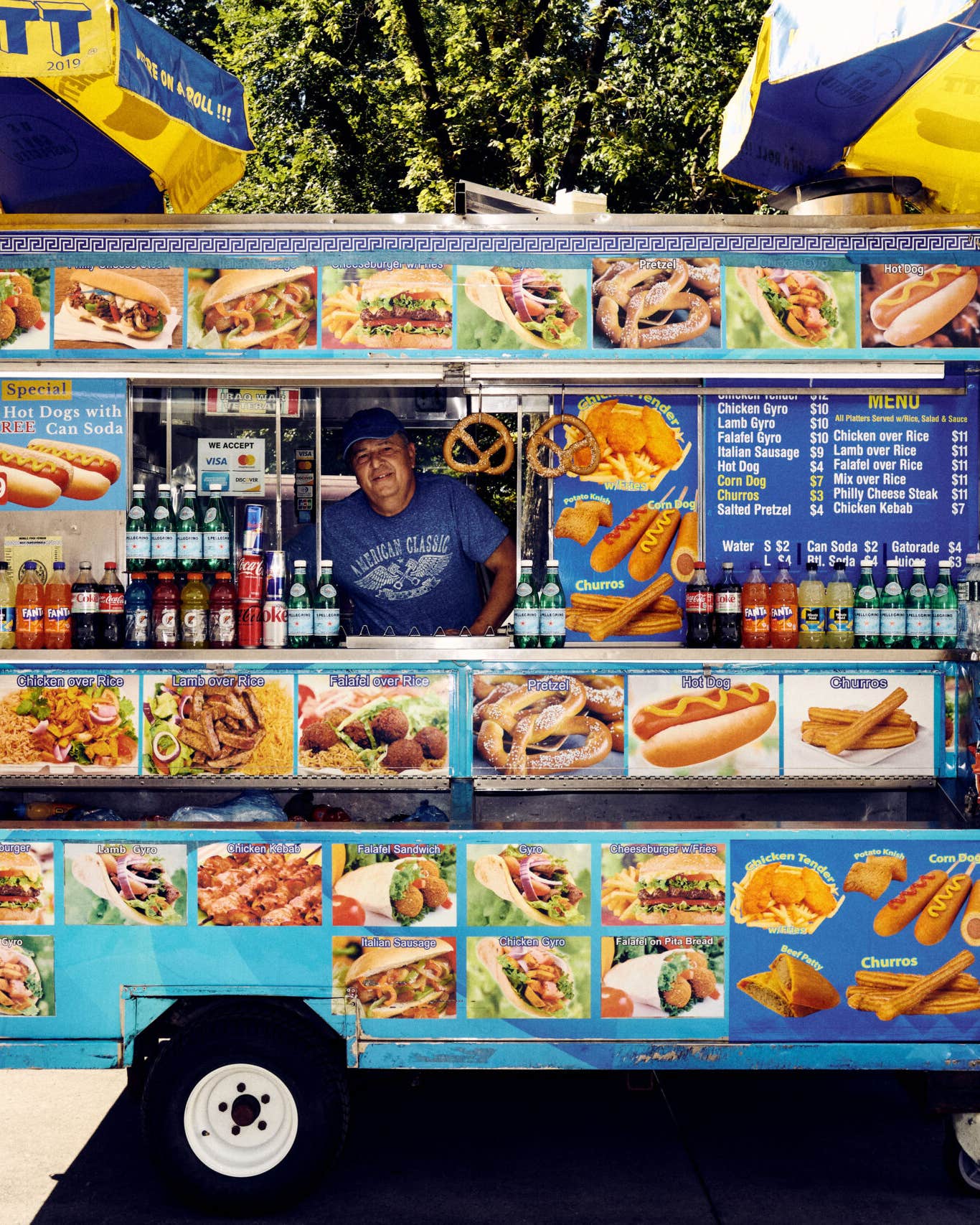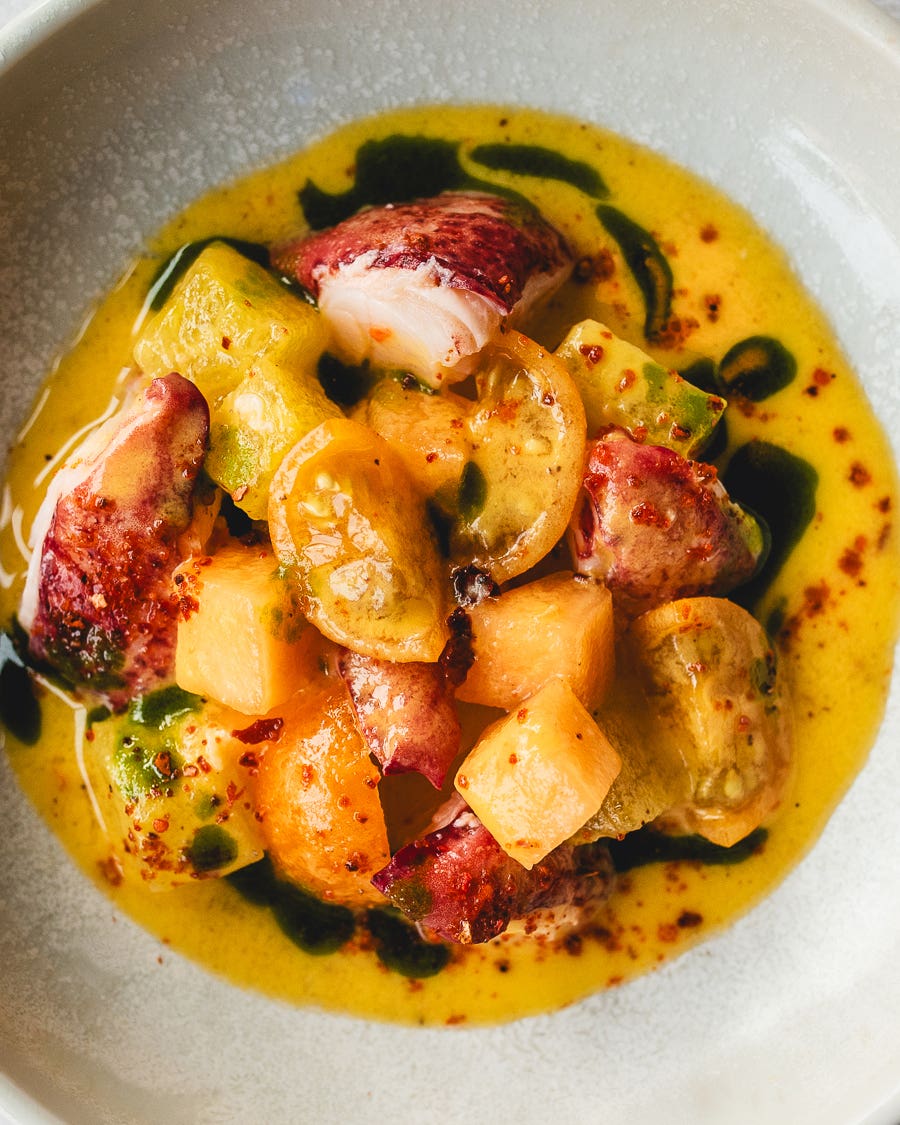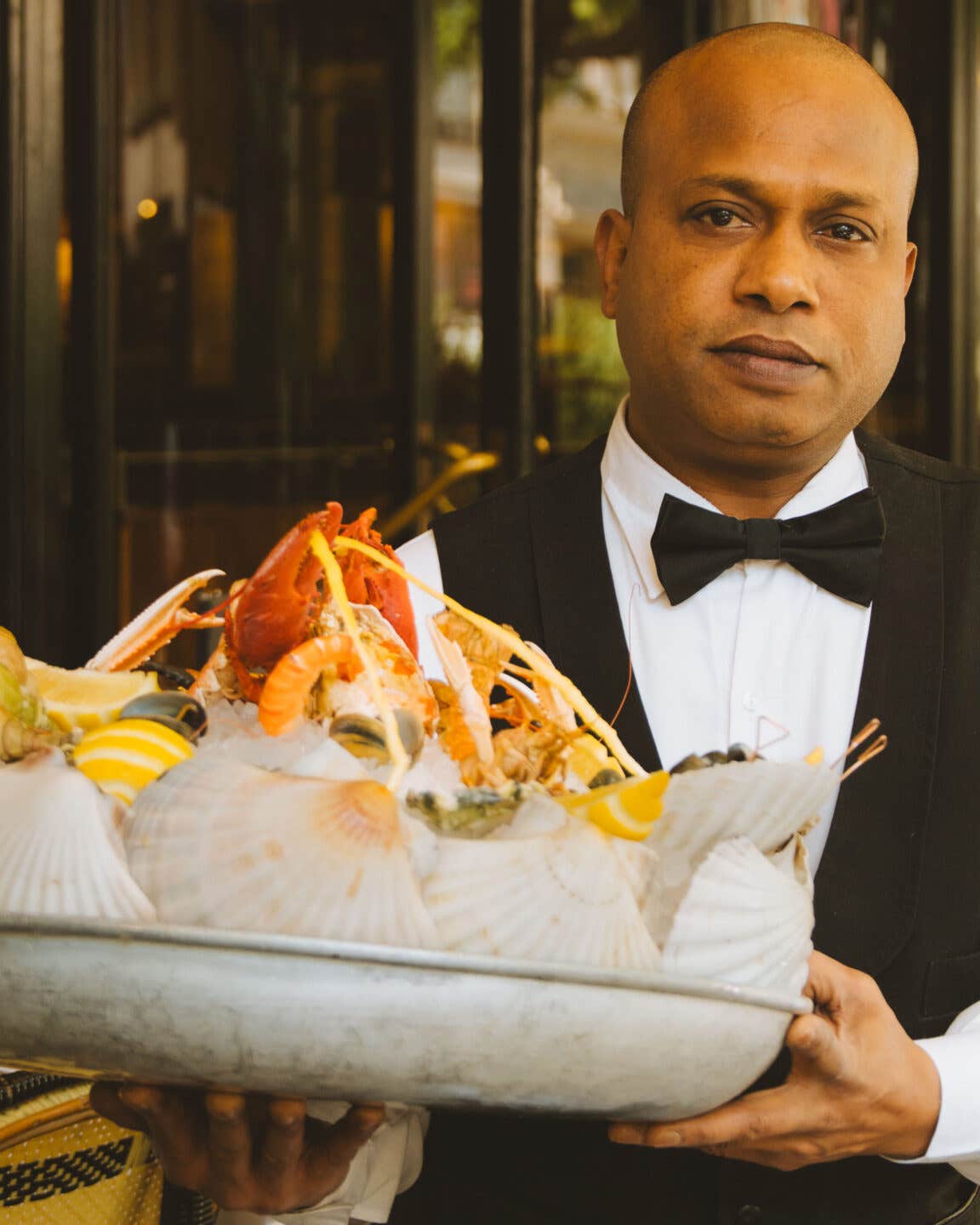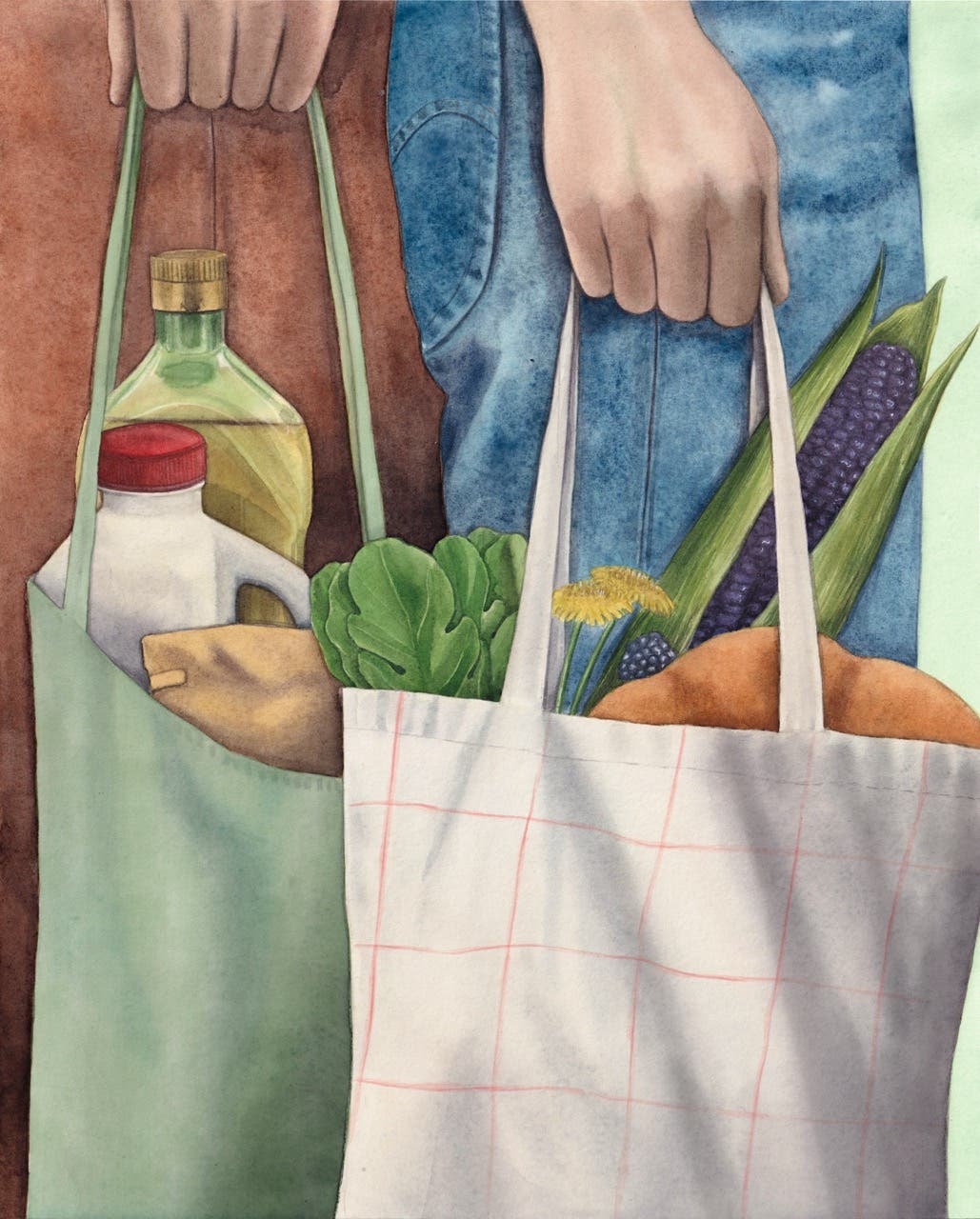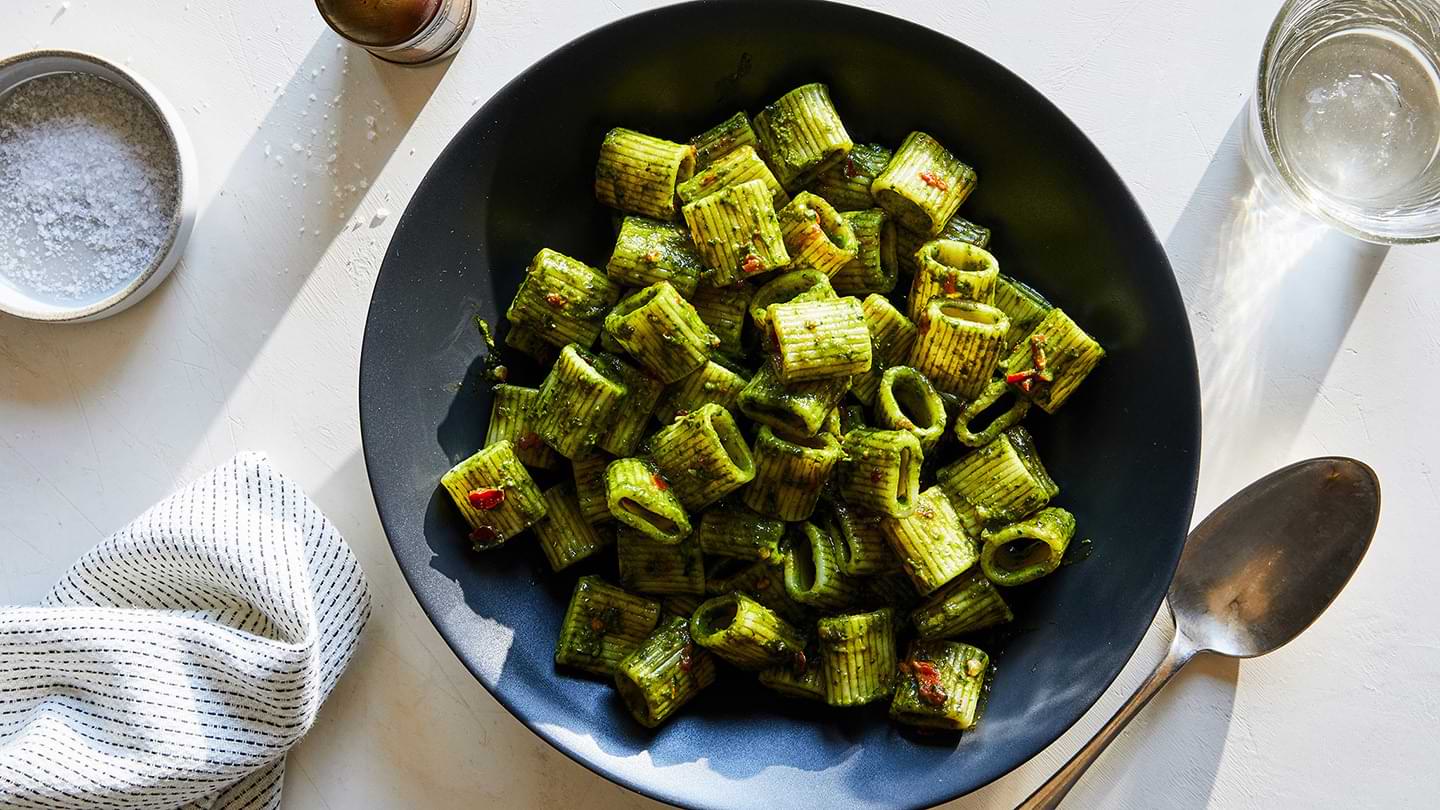Why Are the Hot Dogs in Maine Neon Red?
How a German immigrant, food science, and clever marketing created a local barbecue staple.
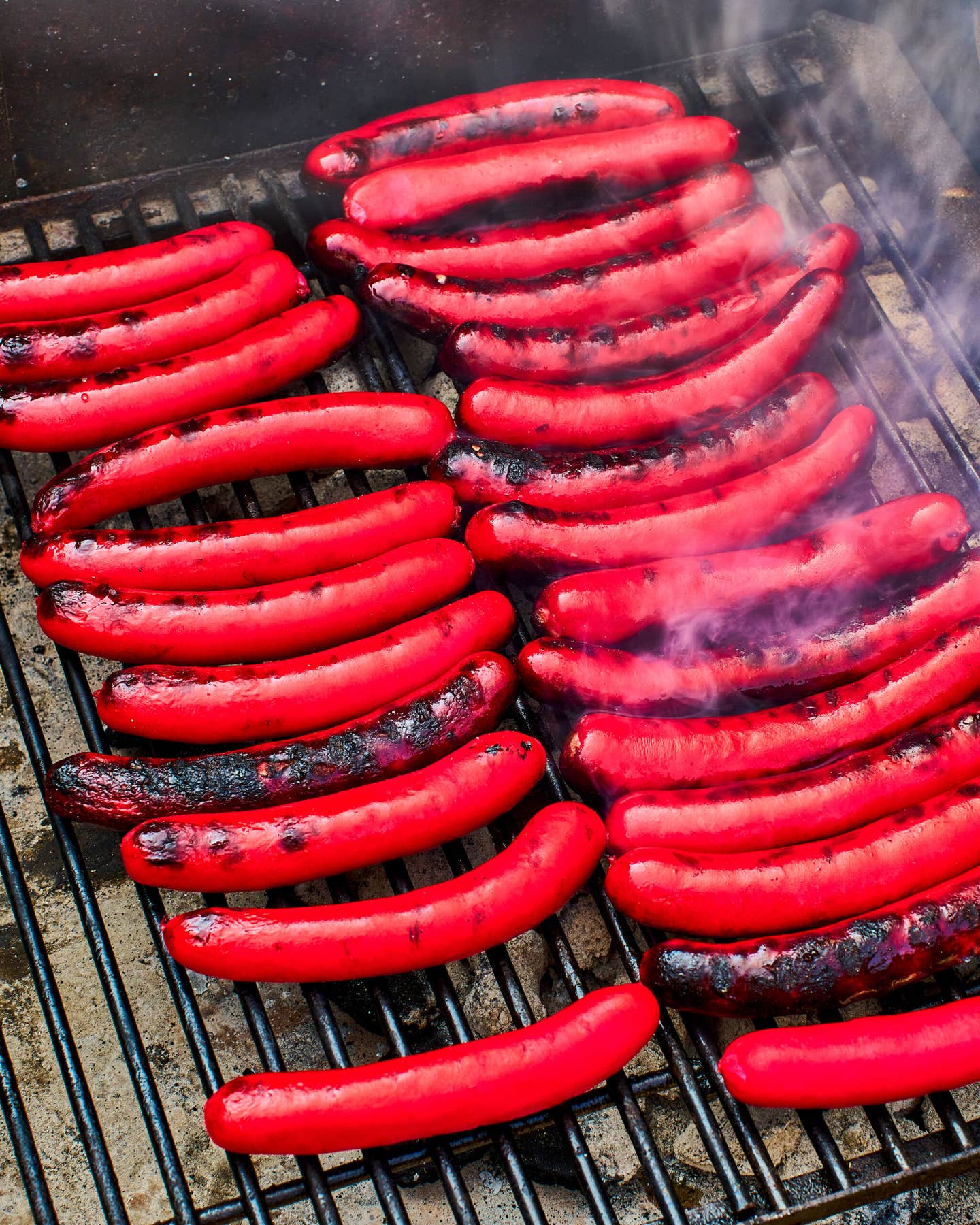
When I was young, my family moved from Upstate New York to Maine. At the time, like many children my age, I held a narrow view of what foods were considered acceptable for human consumption: pizza, chicken tenders, burgers, and hot dogs. I still remember the moment, at a backyard barbecue with neighbors, I requested a hot dog and was handed an electric reddish-pink piece of grilled meat on a split-top bun. Nothing about the crimson sausage read “hot dog” to my young mind. I was horrified and simply refused to eat it.
If you’ve never seen one before, a Maine red snapper looks more like a cartoon than a real food item. But long before lobster rolls and blueberry pie became shorthand for Maine cuisine, this humble pink hot dog quietly staked its claim as the state’s beloved summer staple. In Bangor, a family-run business has been crafting this regional icon with care and tradition since 1860. W.A. Bean & Sons, now in its sixth generation of ownership, is the last remaining maker of red hot dogs—and wholesale hot dogs of any kind—in the state. “Right before the Civil War started, my family decided to start a meat company,” says Sean Smith, the company’s vice president. “The red hot dogs didn’t start until the 1930s, though.” According to Smith, the red dogs came about as a marketing tactic. The company hired a butcher who’d recently emigrated from Germany, where local meat shops would dye their sausages to set themselves apart from the competition. When the butcher arrived in Bangor and began working at W.A. Bean, he carried on the strategy and it stuck.
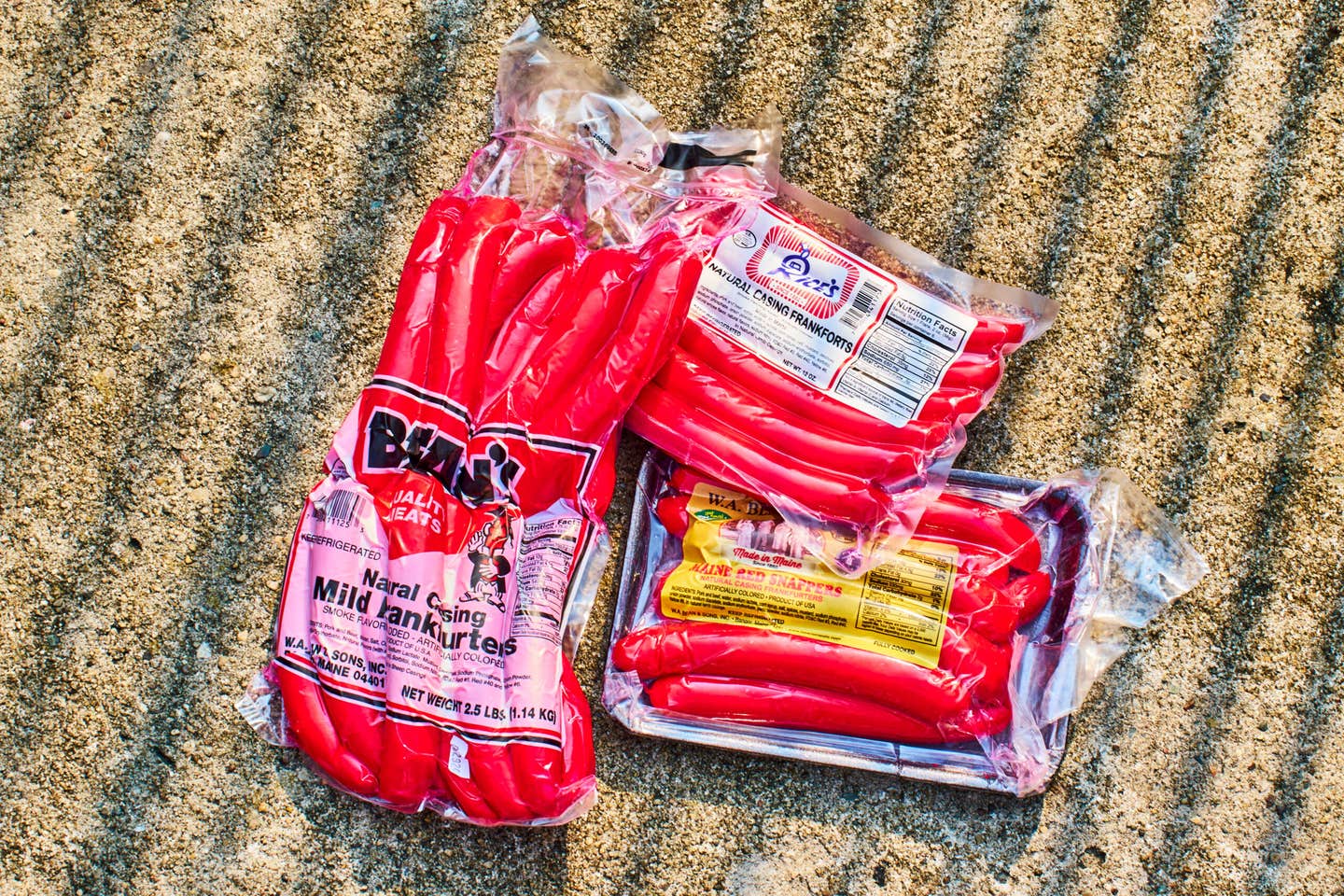
For decades, W.A. Bean competed with Rice’s, another purveyor of the red snapper. Customers were loyal to their preferred brand, with each household in the area holding on to their favorite. Rice eventually formed a partnership with W.A. Bean, and both varieties are now made under the same roof. “While we now own the brand, we wanted the Rice’s name to live on as well,” Smith says. “Both are so important to our history. The flavors are very similar; only true connoisseurs can tell the difference. I honestly love them both,” he adds.
As for the hot pink hue, the hot dogs have historically been colored with synthetic food dyes, but Smith is keen to explore other options as customers are becoming more conscious of food additives.“ We’re in the end stages of testing with a new, all-natural dye,” he says. “The flavor is completely the same and so is the color. We’ve been anticipating this for some time, and we’re happy to be ahead of the game.”
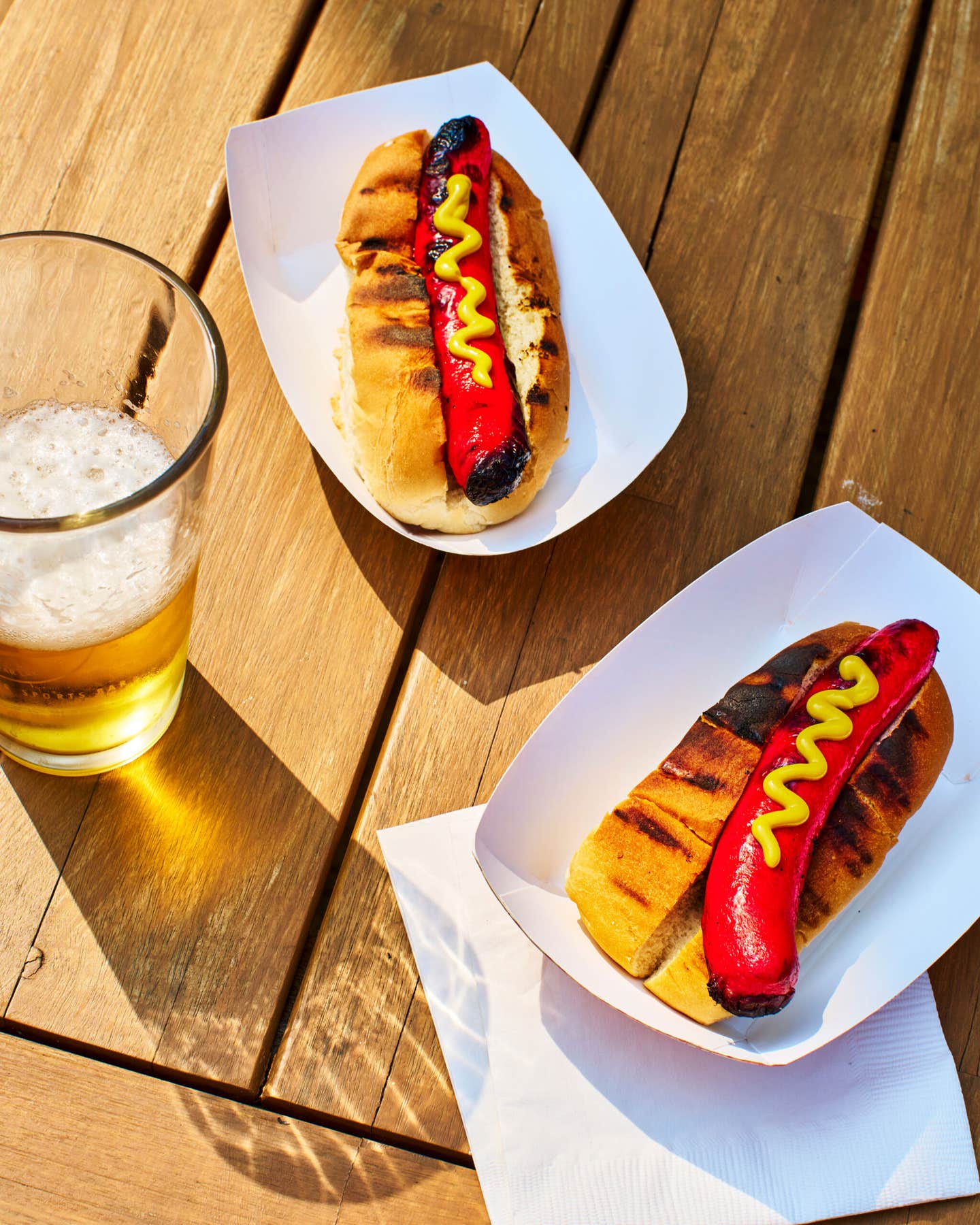
While he wasn’t able to share specifics yet, Smith predicts that his red dogs will be made with this new, all-natural coloring by the end of 2025. In the meantime, there is another option for those leery of the bright red coloring. “While some folks, especially lifelong Mainers, have nostalgia for the red dogs, we also have an undyed version.” Smith explains. “No-colors I call them. Especially, if you’re from away...a flatlander,” (both Mainer phrases to describe outsiders) he says with a laugh.
If you’re looking for your own red snapper experience this summer, Smith suggests keeping it simple. If you have access to a grill, he recommends giving them a slight char and serving them with classic toppings like mustard, relish, and onion. “They don’t need much—they speak for themselves,” he emphasizes. You can also look for split-top hot dog buns, which are by far the most popular style at any Maine barbecue.
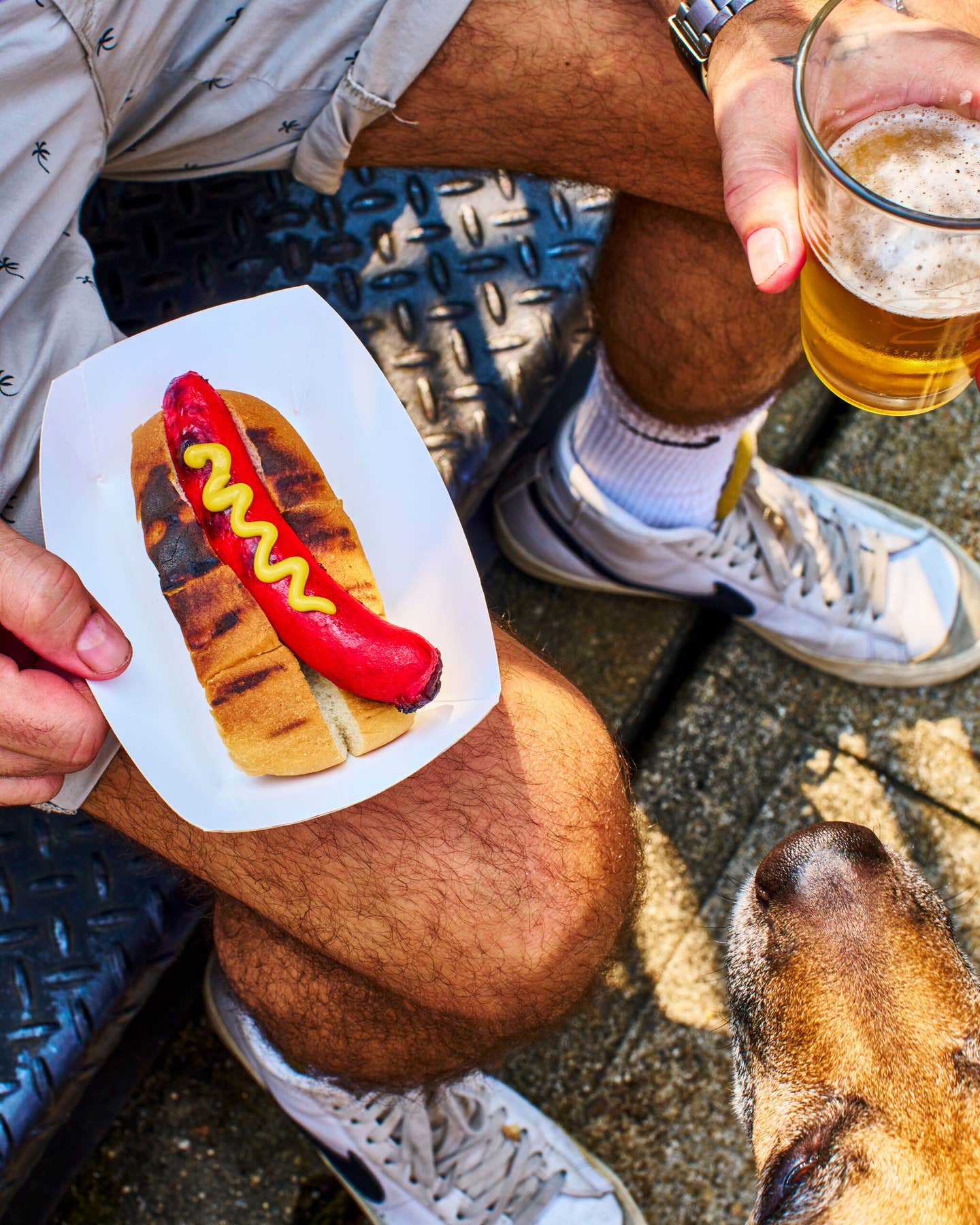
Today, those red hot dogs that once shocked me have become a symbol of summer, nostalgia, and local pride. The Maine red snapper is more than just a hot dog—it’s a piece of regional identity, sizzling on grills everywhere from backyard cookouts to seaside shacks. For many Mainers, no summer is complete without one. And thanks to W.A. Bean & Sons, who produces approximately a million pounds of hot dogs a year and ships them all over the U.S. to homesick down-easters craving a taste of home, the tradition lives on, brighter (and snappier) than ever.
To celebrate history and keep the legacy alive, W.A. Bean & Sons hosts Free Hot Dog Fridays during the summer months. Locals drop by the Bangor facility to enjoy a classic red snapper on the house, often bringing their entire family along. “It’s our way of saying thank you,” Smith tells me. “People have supported us for generations. This is a small way to give back—and just have some fun.”
Keep Reading
Continue to Next Story
